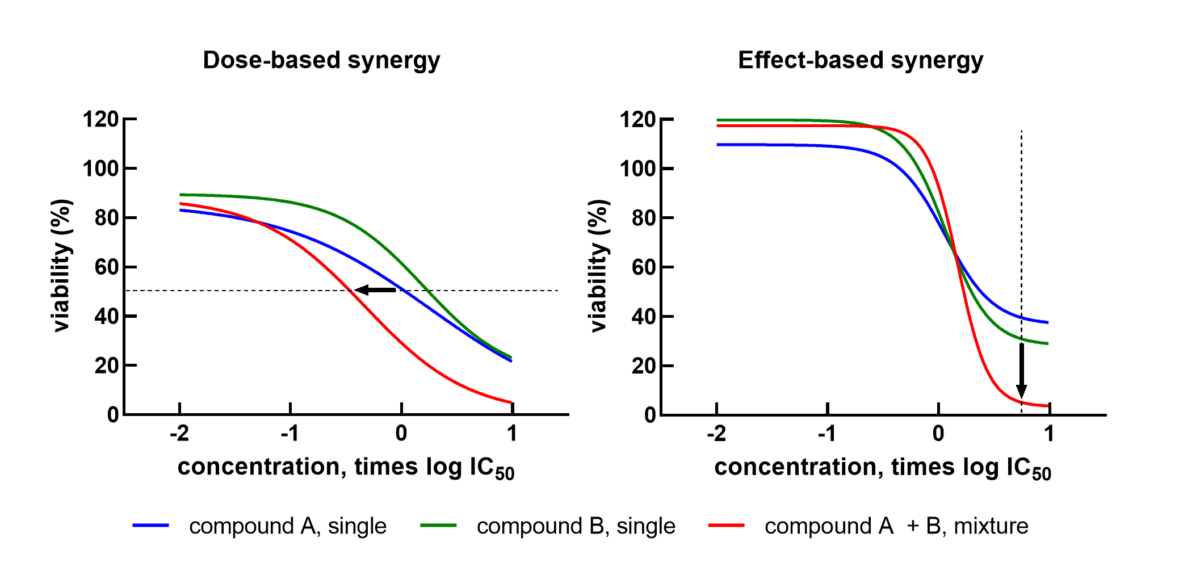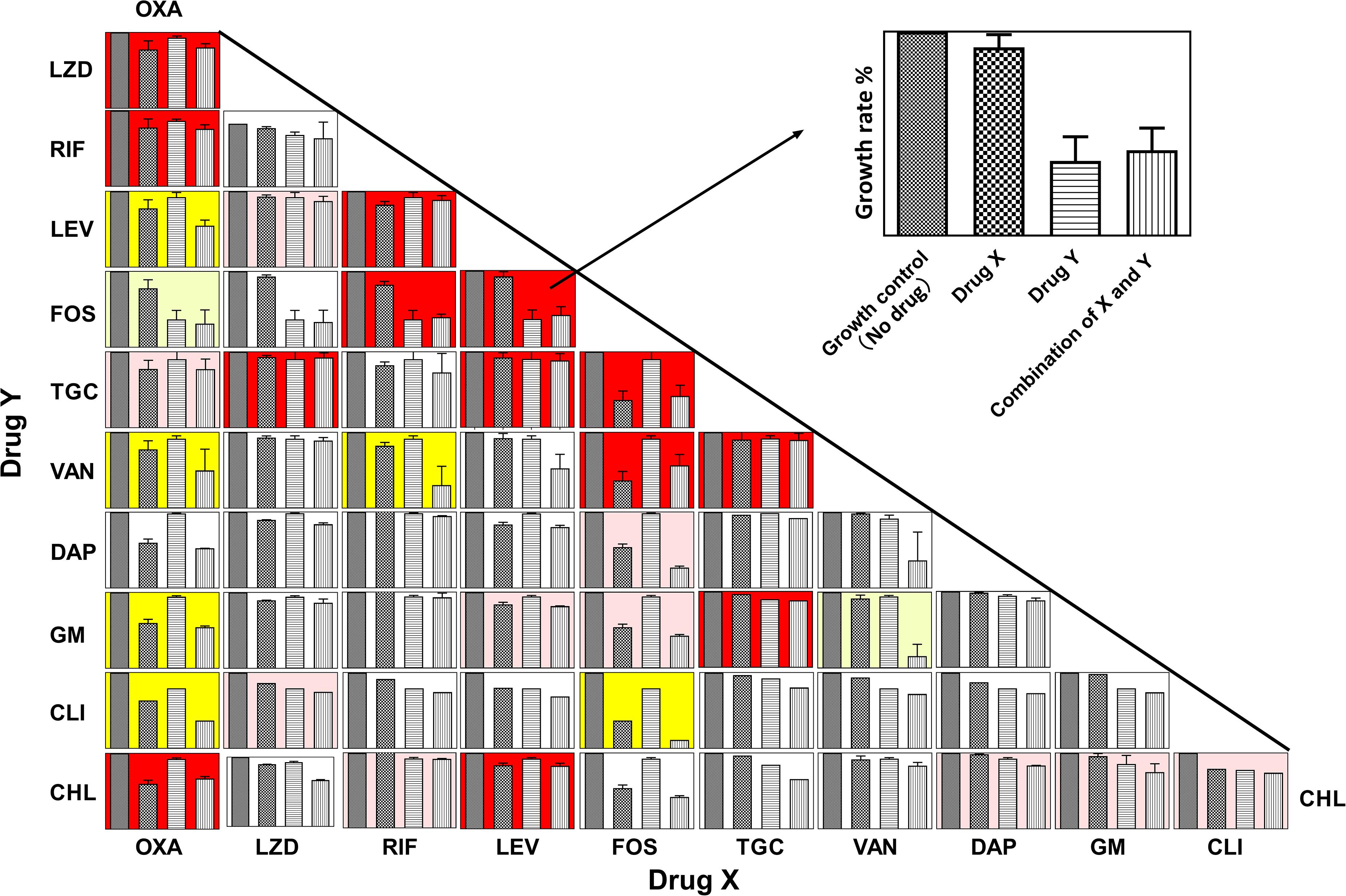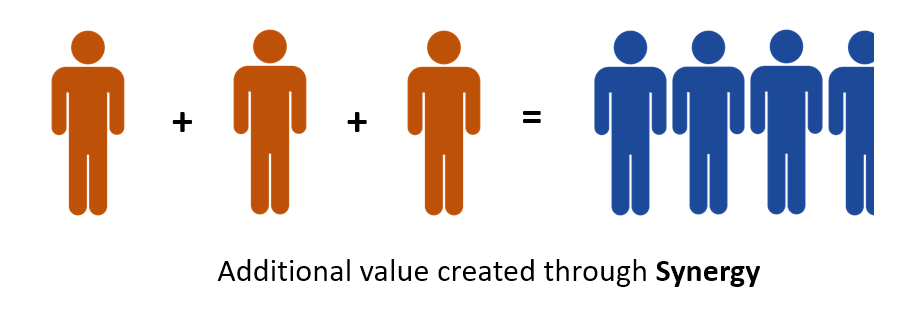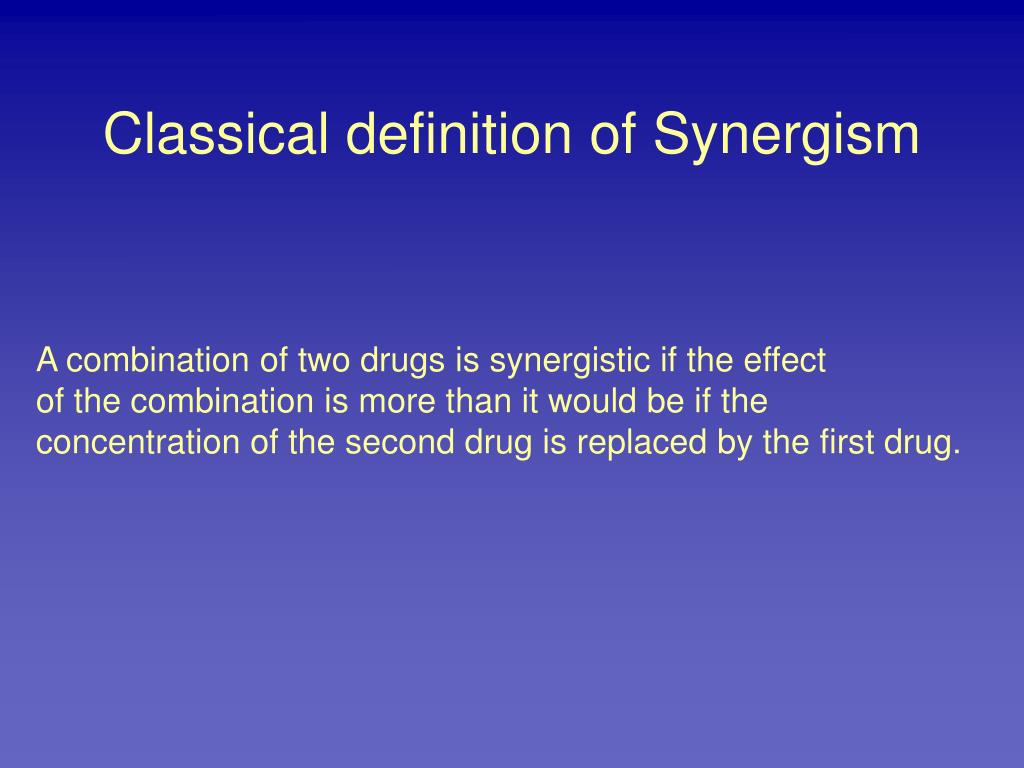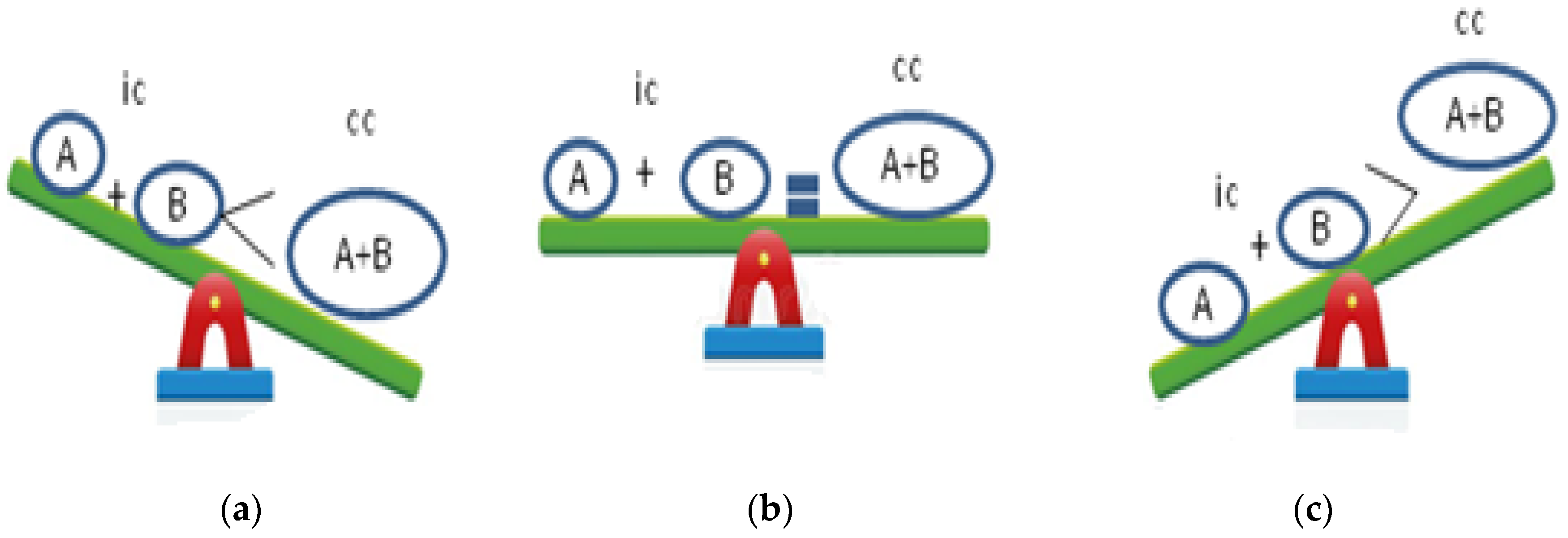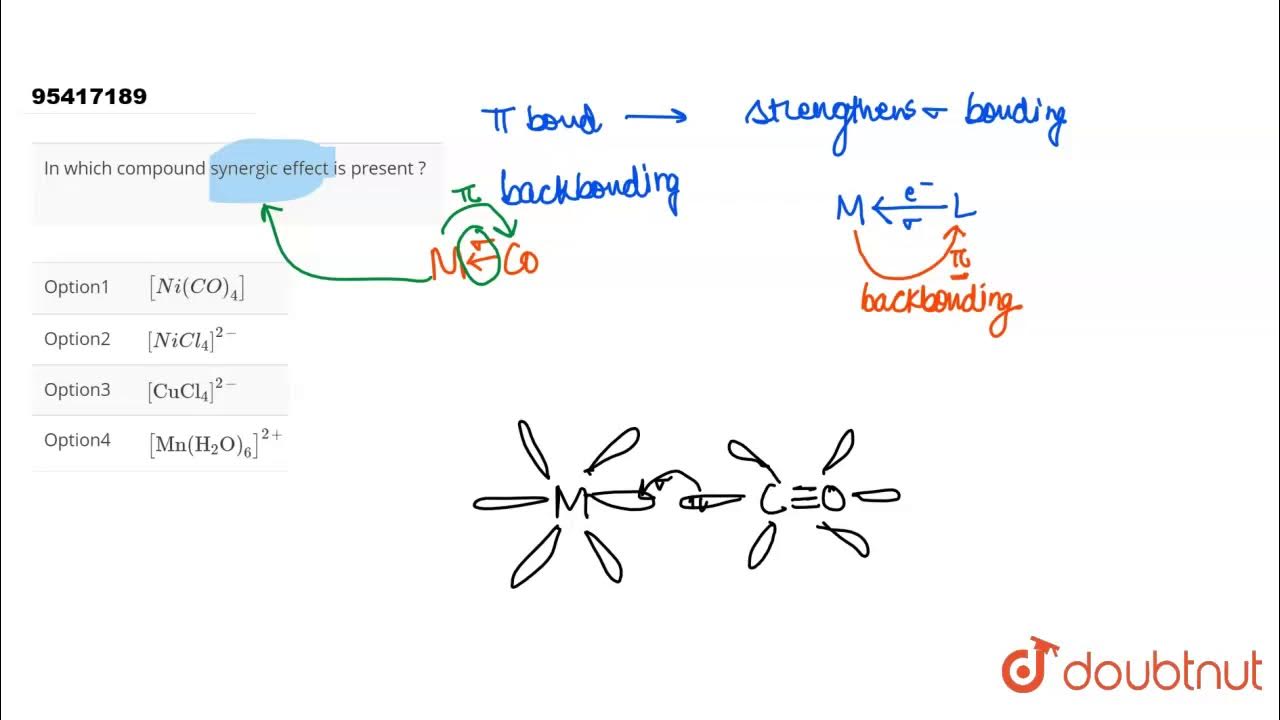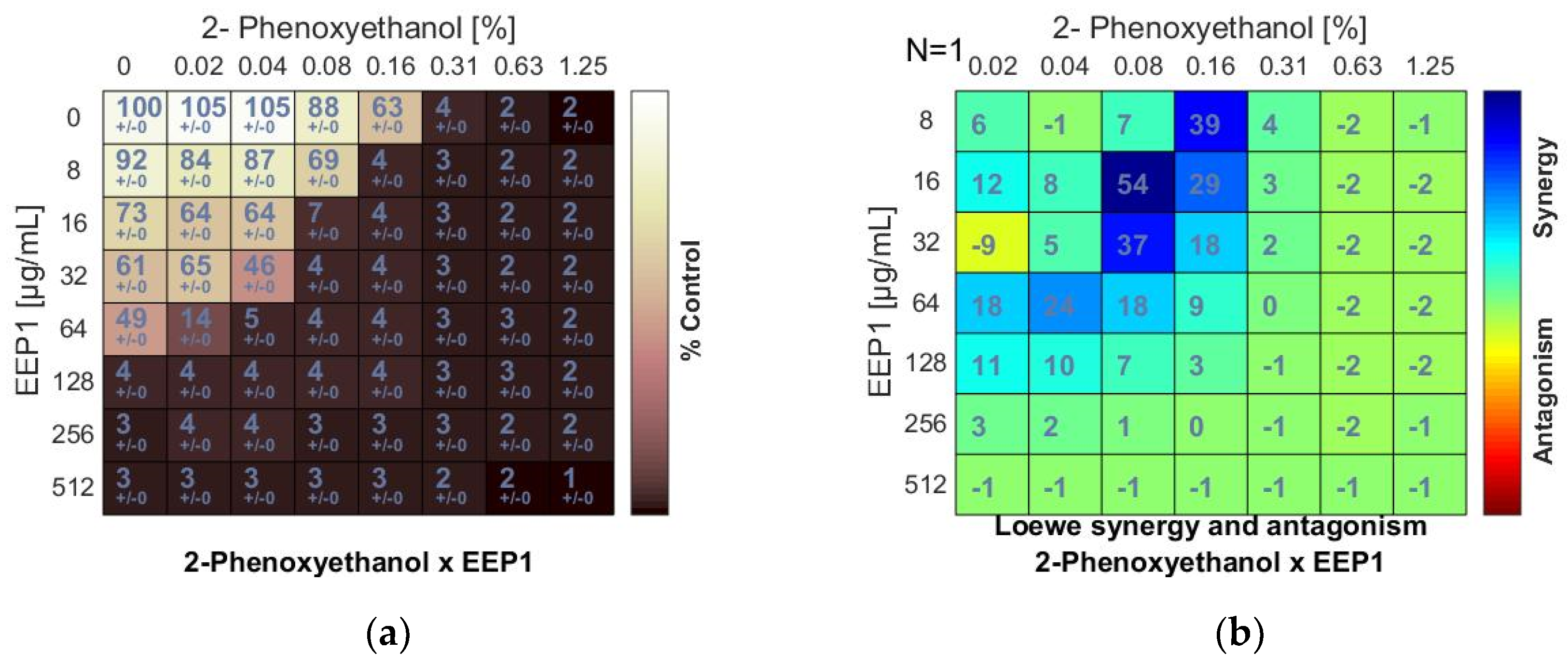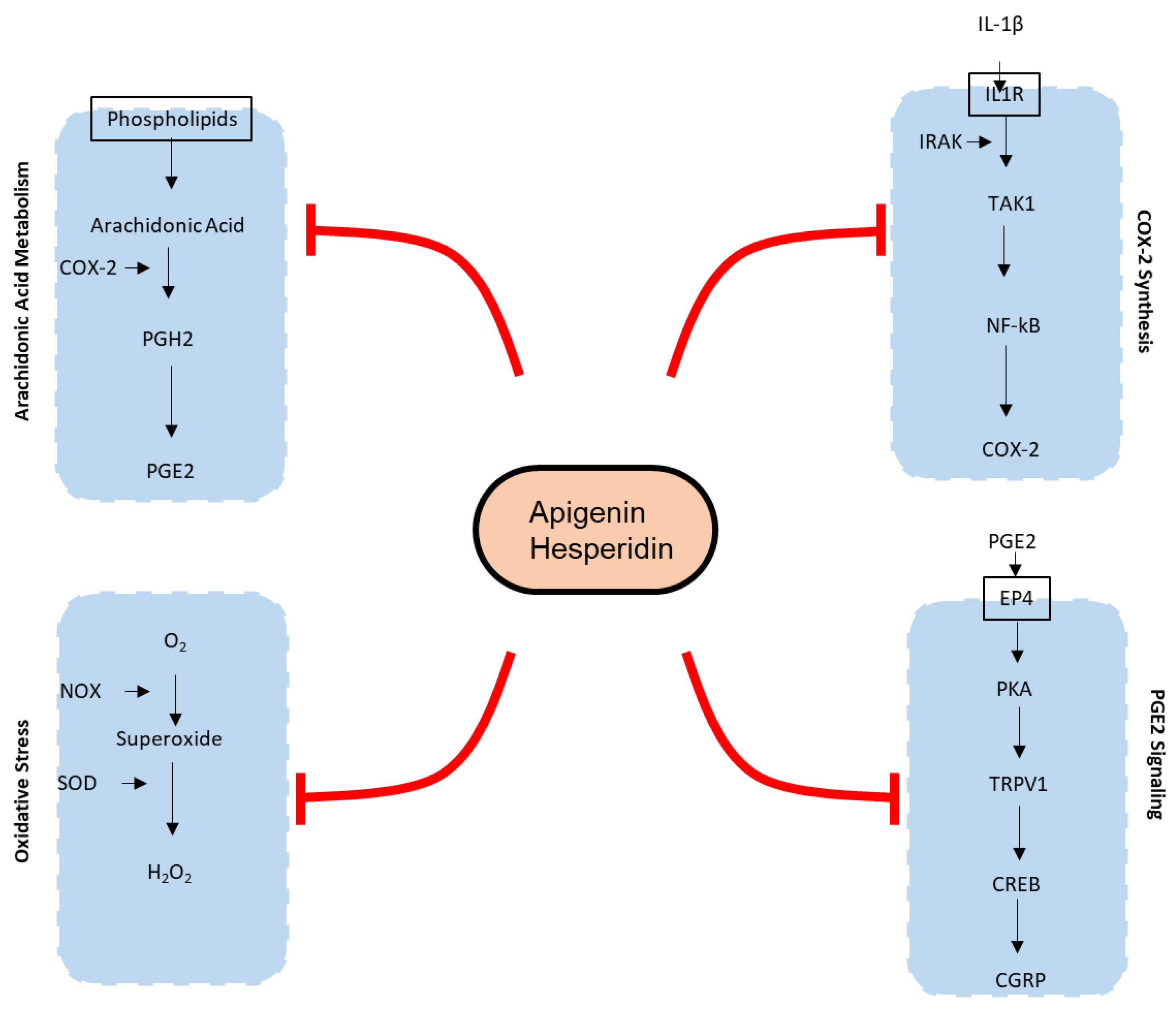The Synergistic Effect Is With Each Combination
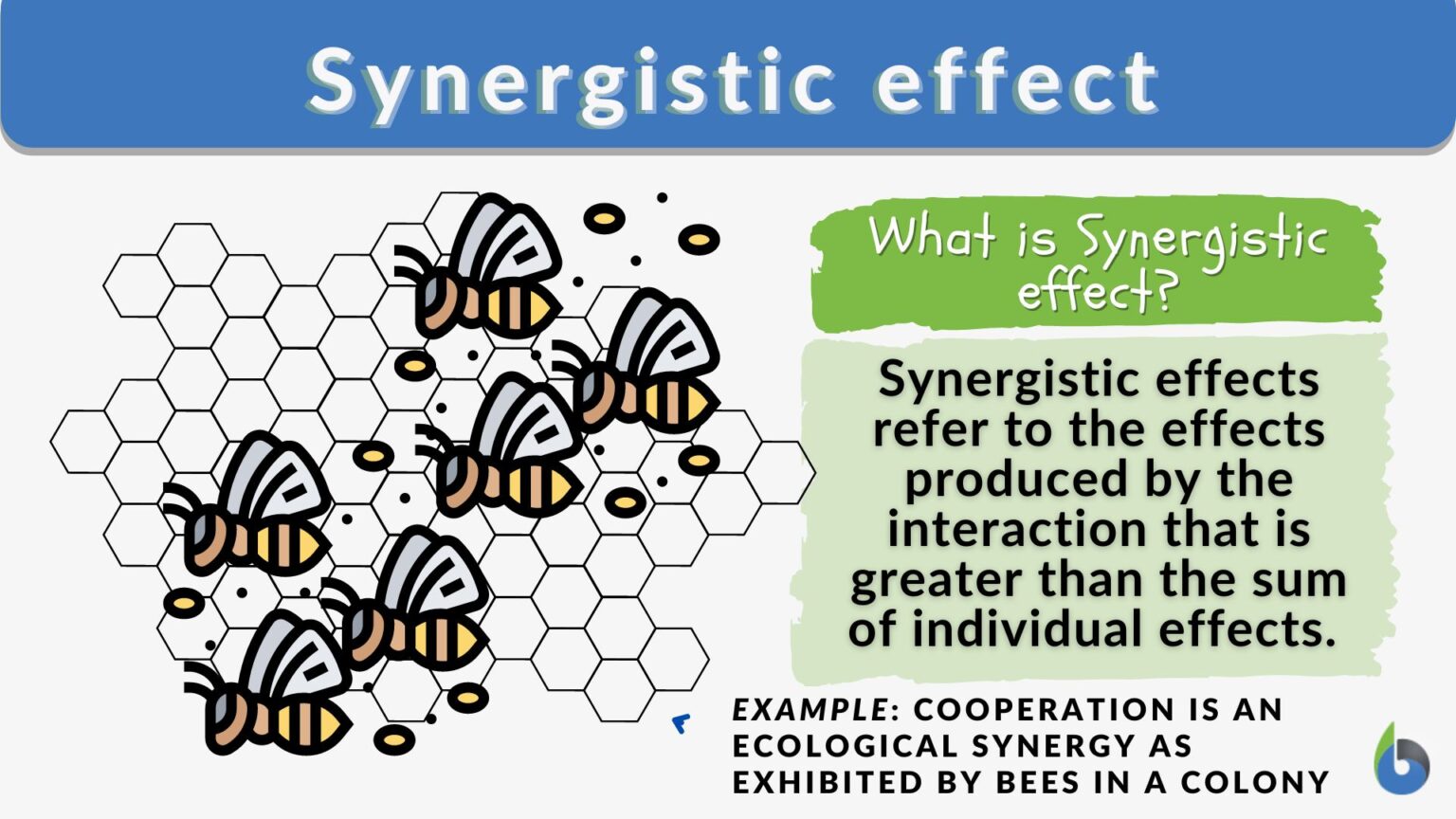
A quiet revolution is brewing across diverse fields, from medicine to materials science, promising breakthroughs that hinge on a fundamental principle: the power of combination. Individually, certain elements, compounds, or even therapies may offer limited benefits. But together, their effects can amplify exponentially, unlocking possibilities previously deemed unattainable. This phenomenon, known as the synergistic effect, is rapidly transforming how we approach complex challenges and opening doors to a future where the whole is demonstrably greater than the sum of its parts.
At the heart of this burgeoning scientific and technological shift lies the understanding that carefully orchestrated combinations can produce results that surpass the individual capabilities of their components. This article explores the synergistic effect in various domains, highlighting its potential to revolutionize healthcare, engineering, and beyond, while also acknowledging the complexities and challenges inherent in harnessing its power.
Medicine: A New Era of Combination Therapies
The fight against disease, particularly cancer, is witnessing a surge in the use of combination therapies. Traditional approaches often rely on single agents, which can lead to drug resistance and limited efficacy. The National Cancer Institute (NCI) has been a strong advocate for exploring synergistic drug combinations.
Researchers are now focusing on identifying combinations that target multiple pathways within cancer cells, disrupting their ability to grow and proliferate. For instance, combining immunotherapy with chemotherapy has shown remarkable success in treating certain types of lung cancer.
One promising area involves combining drugs that target the tumor microenvironment, the complex ecosystem surrounding cancer cells. This approach aims to weaken the tumor's defenses, making it more susceptible to attack by other therapies.
"We are seeing incredible results with synergistic drug combinations, far exceeding what we could achieve with single agents," says Dr. Emily Carter, a leading oncologist at the Mayo Clinic, specializing in combination therapy research. The quote illustrates the paradigm shift in cancer treatment.
Materials Science: Designing for Enhanced Properties
The synergistic effect extends beyond medicine and into the realm of materials science. Engineers are increasingly exploring composite materials, combining different substances to create materials with superior properties.
Consider the example of carbon fiber reinforced polymers (CFRPs), used extensively in the aerospace industry. The lightweight strength of carbon fiber, combined with the flexibility and moldability of polymers, results in a material that is stronger and lighter than either component alone.
Another area of interest is the development of self-healing materials. These materials incorporate microcapsules containing healing agents, which are released upon damage, repairing cracks and extending the lifespan of the material. The synergistic interaction between the base material and the healing agent is crucial for effective self-healing.
Researchers at the University of California, Berkeley are pioneering the development of new composite materials using bio-inspired designs. By mimicking the structure and composition of natural materials, such as bone and wood, they are creating materials with exceptional strength and resilience.
Challenges and Considerations
While the synergistic effect holds immense promise, realizing its full potential requires careful consideration of several challenges. Identifying synergistic combinations can be a complex and time-consuming process, often requiring extensive experimentation and data analysis.
Understanding the underlying mechanisms of synergy is also crucial. Without a clear understanding of how different components interact, it can be difficult to optimize combinations and predict their effects.
Furthermore, the cost of developing and implementing synergistic therapies or materials can be significant. This is particularly true in the pharmaceutical industry, where the development of combination drugs requires extensive clinical trials and regulatory approvals.
"The complexity lies not just in finding the right combinations, but in understanding why they work," explains Dr. David Lee, a researcher at MIT's Materials Research Laboratory. His words emphasize the significance of understanding the combination mechanism.
The Future of Synergy: A World of Possibilities
Despite these challenges, the future of synergistic approaches looks bright. Advances in computational modeling and artificial intelligence are accelerating the discovery of new combinations and providing insights into their mechanisms of action.
The use of high-throughput screening techniques allows researchers to rapidly test thousands of different combinations, identifying promising candidates for further investigation. Moreover, increased collaboration between researchers from different disciplines is fostering a more holistic approach to problem-solving.
From personalized medicine to sustainable materials, the synergistic effect is poised to play a transformative role in shaping the future. By harnessing the power of combination, we can unlock new possibilities and address some of the world's most pressing challenges. It is a pivotal moment in scientific and technological advancements.

